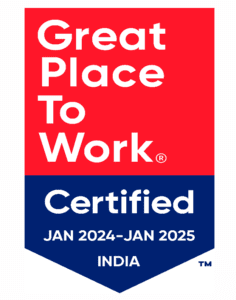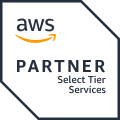The healthcare sector is ensnared in a relentless vortex of risk and regulation amid unanticipated disruptions and transformations. Navigating through this dynamic environment, healthcare entities grapple with a myriad of compliance obligations and frustrations that encompass patient safety, privacy, information security, operational practices, service delivery, billing protocols, and electronic medical records management.
Maintaining steadfast compliance and risk mitigation during times of smooth operation is challenging enough; doing so amid continuous change magnifies the challenge exponentially. Healthcare organizations frequently approach risk and compliance separately with a disjointed strategy that relies heavily on isolated documents, spreadsheets, emails, or outdated solutions, inadvertently escalating the cost, complexity, and risk of ensuring compliance.
Some of the compliance struggles within healthcare include:
- Multiple and complex compliance assessment and reporting requirements.
- Escalating compliance obligations accompanied by hefty fines.
- Disorganized compliance prioritization and control processes.
- Increasing demands for compliance assurance across diverse operational processes.
- Uncoordinated definitions, requirements, and responses lead to inconsistent compliance initiatives.
- Inadequate compliance training and education across diverse individuals in varying departments.
- Insufficient funding or limited resources to maintain effective stand-alone compliance programs.
Prescription: Practice Preventative Compliance Risk Management Through Integration
Historically, healthcare compliance was characterized by a reactive approach reliant on manual processes, resulting in fragmented and uncoordinated efforts that failed to integrate, leading to complexity, redundancy, and operational failures. The goal now is to “practice” preventative compliance risk management through integration.
Key elements of a preventative compliance risk approach include:
- Preventative Compliance Health. The objective here is to proactively manage and maintain compliance within the integrated framework of operational governance and risk management, thereby avoiding mistakes and satisfying both stakeholders and regulators.
- Curative Measures for Compliance Lapses. Even with meticulous attention to compliance details, things can go wrong. Healthcare organizations must ensure their response and recovery strategies are efficient, effective, resilient, and agile when they do.
- Choose an Efficient Compliance Approach. Healthcare organizations can adopt either a labor-intensive approach, involving manual processes that lack visibility into the overarching healthcare environment, or an economical approach, focusing on effectiveness, efficiency, resilience, and agility. The latter approach, which includes incorporating the broader GRC, is particularly effective when combined with automated technology and managed services.
- Regular Checkups. Regular assessments, reviews, and updates to the healthcare organization’s compliance program supports swift adaptation to changing regulations and industry standards and ensures that the organization remains ahead of risk.
- Fostering a Culture of Compliance. This element includes thoughtful and thorough education and training of staff on their specific roles and responsibilities in compliance and their potential impact on the organization’s overall risk.
A paradigm shift away from managing the complexities of compliance within a disorganized system where processes, partners, staff, and technology operate out of synchronization with operational governance and risk management is essential to a healthcare organization’s success. Moving to a preventative approach can be achieved by integrating compliance processes and strategy within the scope of GRC and is critical to healthcare organizations maintaining legal adherence, data protection, quality patient care, and a solid reputation. As renowned Renaissance philosopher Erasmus wisely noted, “Prevention is better than cure.”




